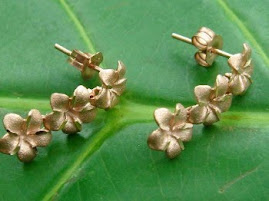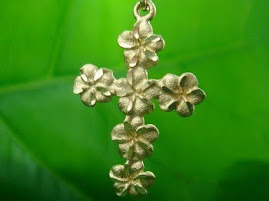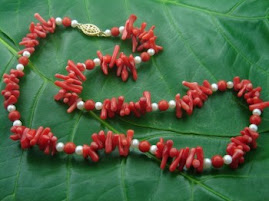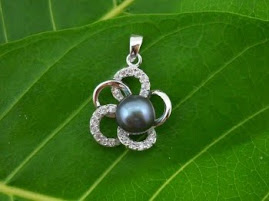If you are on a tight budget but still want to give your loved one a quality set of jewelry, you can buy cultured pearl earrings instead. Aside from the pearl’s nucleus, there are no actual differences of cultured pearls from that of natural pearls. In terms of luster, thickness, size, shape, and color, both pearls are the same.
Cultured pearl earrings are fashionable accessories. One advantage to these pieces is its classic appeal. You can wear it today and still wear it a decade from now. Your grandchildren can still wear it centuries later as it never goes out of style.
Cultured pearl earrings also have an ability to adapt to any type of dress. Wear it with a party dress on a night out and you look elegant and chic. Wear it as an accessory in your business suit and you would stand out. You can even partner cultured pearl earrings with your wedding gown.There are different kinds of pearls depending on which oysters they are cultivated. Popular pearl kinds are Tahitian and Akoya. Both have astounding beauty and are intensely propagated in pearl farms.
Tahitian pearls are black tinted beads that usually have high value for its rarity compared to the white and cream bead counterparts. These pearls require 2 years maturity before they are harvested. Cultured pearl earrings with dark green Tahitian beads are stand outs.
Akoya pearls, on the other hand, are the light colored counterparts known for high quality brilliance and thick nacre. Cultured pearl earrings with akoya beads would ensure a jewelry piece that has long lasting brilliance.




